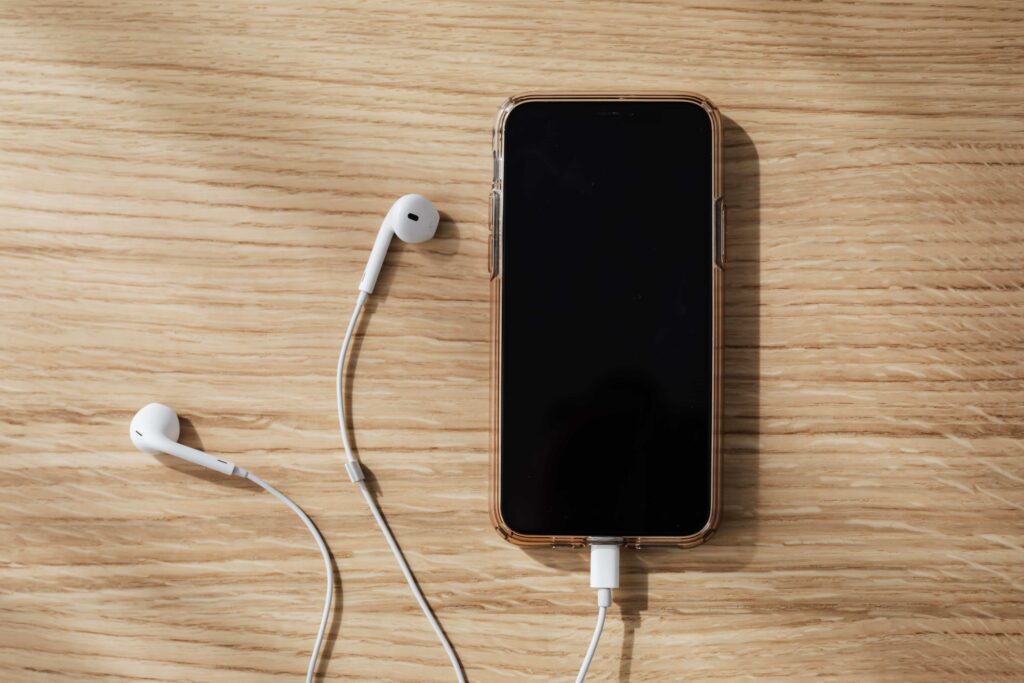|
Getting your Trinity Audio player ready...
|

Why brands need to think about digital audio advertising now more than ever
Spotify’s Rak Patel says that brands must recognise the potential of digital audio or risk not being able to reach the audience’s needs and offers five suggestions to help you get started.
Audio provokes intense feelings. We’ve experienced this in our own experiences when we listen to the same show every week, get exuberant about our favourite group’s latest album, or go through a breakup by listening to the same track for two weeks in a row.
Between 2018 and 2023, there was an increase of 30% in listening time to digital music across the UK populace.
The public also has more options to listen as they incorporate devices such as smart speakers, phones, tablets, and more into their daily lives. Also, there are more audio creators than ever, meaning people can listen to content that caters to nearly any interest.
Some brands are beginning to make some of their media budgets to digital audio. However, it’s time to stop referring to the growing market as an experiment and become serious. Otherwise, you’re missing out on a large part of your audience. They are.
Digital audio provides a fully immersive audience.
We have recently shared with you our Sonic Science 2.0 research study that examined how Spotify’s personalization and interactivity make it an extremely captivating, emotionally stimulating, and memorable medium, far more than television or digital video. Social media.
Results from this new study offer concrete proof of how Spotify improves the lives of its listeners and also how businesses can communicate with listeners in the most engaging and absorbing moments. The listeners of Spotify bring audio to their daily lives for over 2.4 hours each day.
From reading and walking to eating, studying, and sleeping, 63 per cent of our participants agreed that Spotify is a crucial part of their lives.
The fact is that not only are Spotify listeners constantly active throughout the entire day, but they’re also well-equipped to take on the brand’s messages: 73% of users acknowledged that they would be willing to listen to advertisements on streaming audio services if they were able to relate to the content they’re using at the moment.
Shop Now
With the constant growth in listening to digital music, the constant stream of brand-new media, as well as the unquestionable level of engagement that it provides, digital audio is now taking the spotlight. How can advertisers get the most value from this chance?
A new method of creating
The rules of creativity change continuously, and incorporating cultural influences in your work is now more essential than ever before. With a large audience, digital audio provides companies the chance for their message to be heard.
A recent Culture Next report showed how the habits of streaming audio online are a powerful indicator of Gen Z’s moods and attitudes and also of the cultural landscape in general.
Digital audio is now an integral part of Gen Z’s daily media consumption, and they use Spotify to satisfy their demands for self-care, entertainment, and education. In reality, Gen Zs streamed more music than any other form of media (including games, videos, and television) in 2021.
To reach the right market through digital audio, companies must learn new methods and draw ideas from the voices that are shaping our culture today.
Some of the most innovative brands, such as Disney+, easyJet, and PepsiCo, are already using digital audio to create innovative and captivating ad campaigns that generate impact. Still, there’s an opportunity for marketers to recognize the possibilities of using digital audio.
How do you start using digital audio?
Are you looking to start with audio-based digital advertising but need help knowing where to start? Here are some suggestions for getting started now:
1. Context is crucial. Take into consideration who will be watching your advertisement. The best ads are those that consider if the audience is a runner or a foodie. or someone who wants to get some sleep. The message should be geared to the mood.
2. Keep it casual. The audience should feel like they’re hearing information about a product from someone they know. Try to inject humour or personality whenever you can. Be a human being, not like the image of a brand.
3. Keep your message in focus. Concentrate on the most important aspect of your advertisement. If there are several messages to convey (for instance, different product features), think about creating multiple spots to convey one point at one time. Make sure to have only one message per advertisement.
4. Time is valuable. Slow cadences and carefully timed intermissions allow listeners to take in more information. Your script should include, at the most, five or four lines of voiceover. It should be at most 60 words in 30 seconds. Make use of as few words as possible to communicate your message.
5. Give listeners a direction. Provide listeners with a next step or a destination. Whatever you want them to take – whether that’s accessing an online site, listening to an audio podcast utilizing coupon codes, or even going to an online store — state the message clearly. Finish with a call for action.
Related
Enhancing Your Brand’s Voice through Audio Advertising: Strategies and Impact
Decoding Audio Advertising: Exploring the Contemporary Sound Landscape



